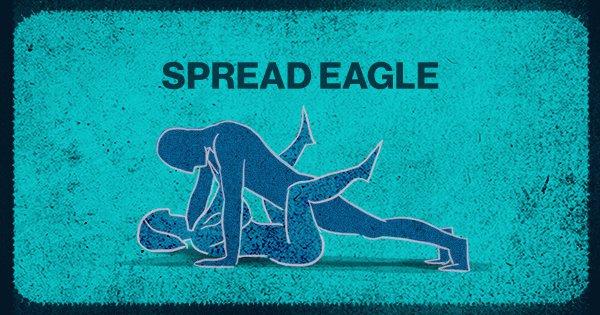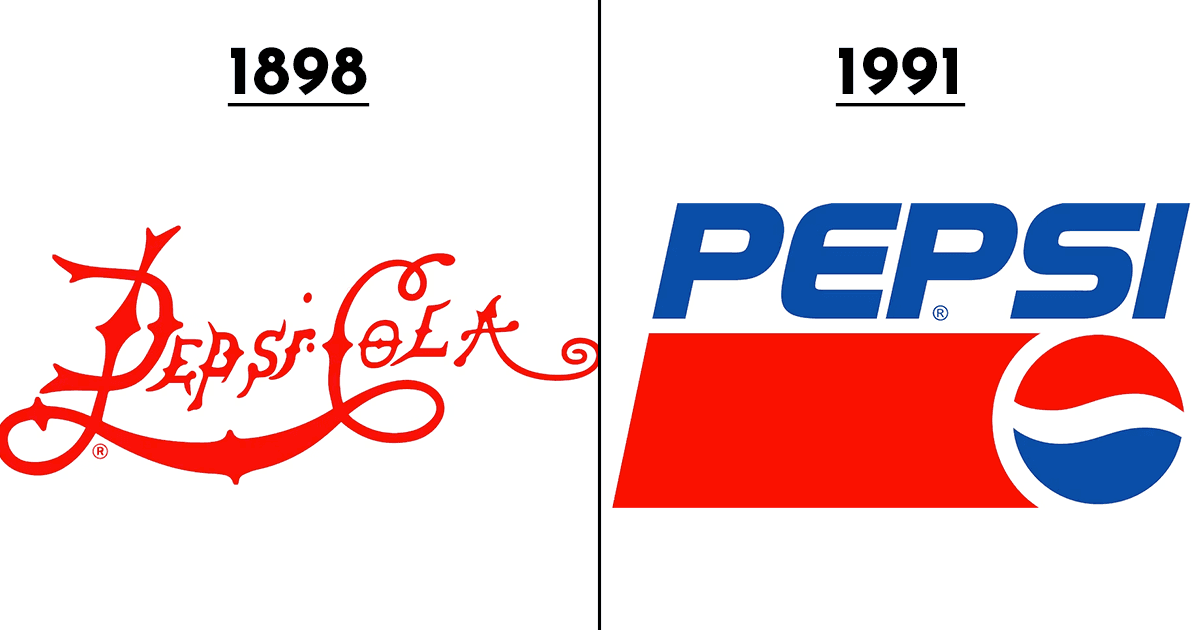Ever wondered how something as simple as a T-shirt must have come into existence or got their name from? Thinking of the history of clothes, from all the fascinating buttons and fancy schmancy sewing displayed in clothes back in those days, it is interesting how a T-shirt – stretchy enough to be pulled over the head – became a daily wear.
Well here’s how the story goes.
T-shirts were made for bachelors without sewing skills
Back in 1904, the Cooper Underwear Company ran a magazine ad which announced a new product that targeted bachelors. The ad was divided into ‘before’ and ‘after’ images of a man wearing an undershirt.
The ‘before’ photo captured a man, looking away from the camera, shy and embarrassed, as he was wearing an undershirt with no buttons and its flaps were held together with safety pins.
The ‘after’ photo snapped a virile gentleman sporting a handlebar mustache, smoking a cigar and wearing what they called a ‘bachelor undershirt’.
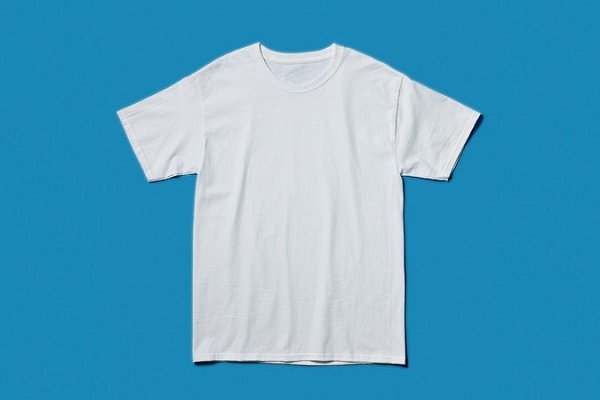
The slogan of the ad which read “No safety pins — no buttons — no needle — no thread,” was mostly aimed at men with no wives or no sewing skills. (No prizes for guessing that wives were expected to have excellent sewing skills back in those days)
Th U.S. Navy played a major role in popularising the garment
This idea must have impressed someone in the U.S. Navy because the following year, the quartermaster’s office specified that sailors should wear undershirts with no buttons under their uniforms.
Soon the comfortable cotton pullover became popular amongst the Navy and eventually turned into a daily wear.
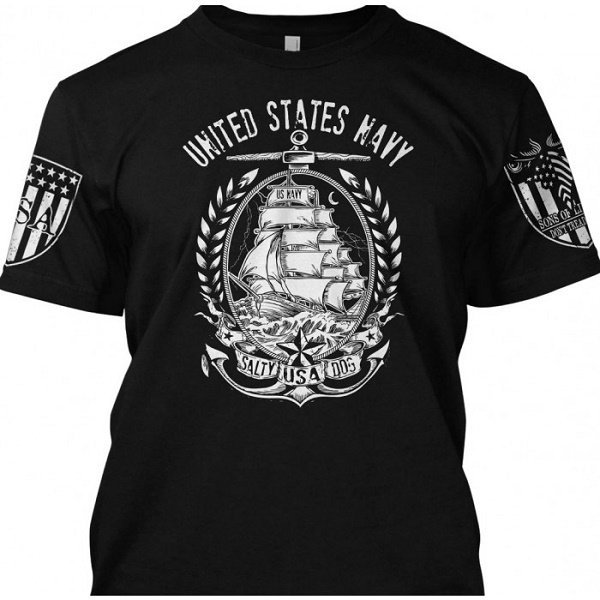
Cooper’s underwear popularised crew neck shirts but they did not invent the style. The shirts evolved out of long johns
Remember men wearing long johns in the 19th century? True, Cooper’s underwear popularised crew neck shirts but the style of the T-shirts evolved out of long johns. A lot of experiment went into the methods of making something that would allow the fabric to stretch over the head and then kick back into the body’s shape. My respect for T-shirts just increased manyfold.
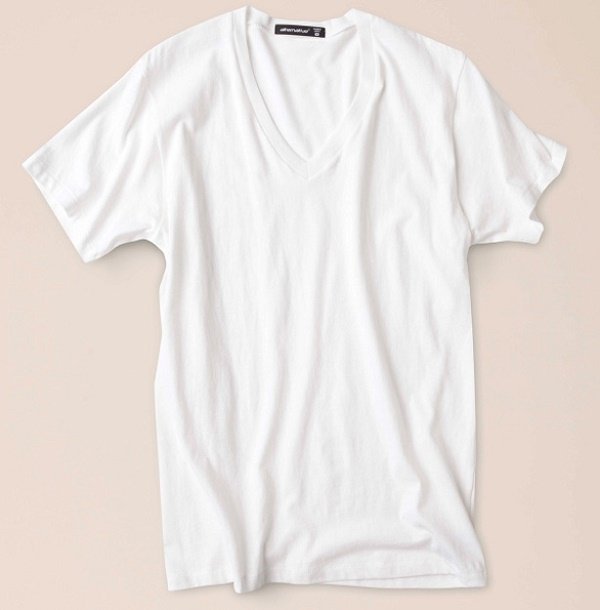
Did you know that wearing the cotton pullover in the 1890s in public was considered scandalous?
I mean it is a highly decent way of clothing these days least. The lawmakers in Havana even banned the public display of any underwear-like-top (seriously, what does that even mean), and so laborers had to toil in the heat wearing long-sleeve shirts with buttons. So much for indecent display caused by putting on a tee-shirt! I mean, who would have thought!
But gradually, the crew-neck caught on.
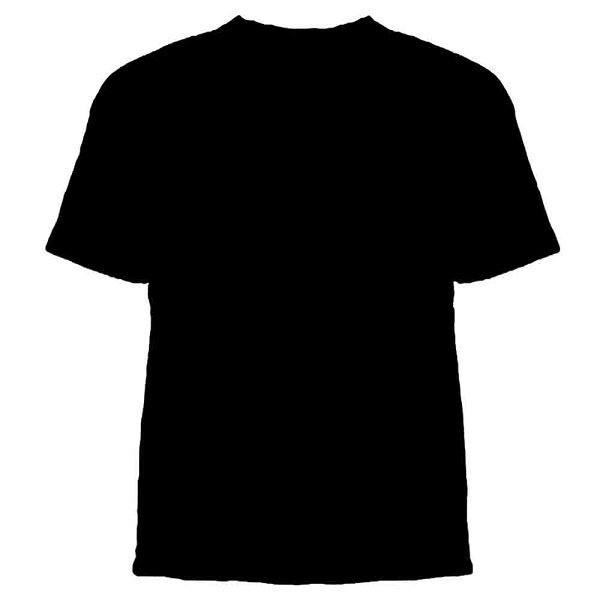
F. Scott Fitzgerald was the first to use the word ‘T-shirt’ in print
In 1920, the garment was reborn under another name. According to Oxford Dictionary, the author was the first to use the word ‘T-shirt’ in print. It appears in the novel ‘This Side of Paradise’, in a list of accouterments that a character carries with him to boarding school.
Fitzgerald named it ‘T-shirt’ presumably because of the shirt’s shape. He thought his readers would associate it with the “white-flannelled, bareheaded youths” of New England prep schools.

By the 1940s, T-shirts became a popular wardrobe item
Nancy Pepper, a newspaper columnist, wrote that teenagers owned closets full of T-shirts and customized them with sew-on patches and fringe.
Like most of us own ‘cool’ T-shirts or use it to propagate an idea or rally in a protest sporting an ideology, back then, Nancy Pepper reported that some high-school boys used their T-shirts to advertise that they were available for make-out sessions – around the necklines of their shirts, the boys inscribed the words, “Neck here.” Generation gap much? Don’t think so!







